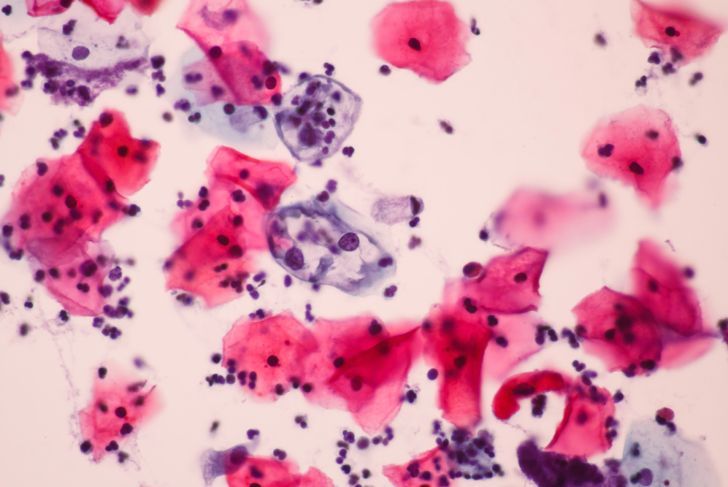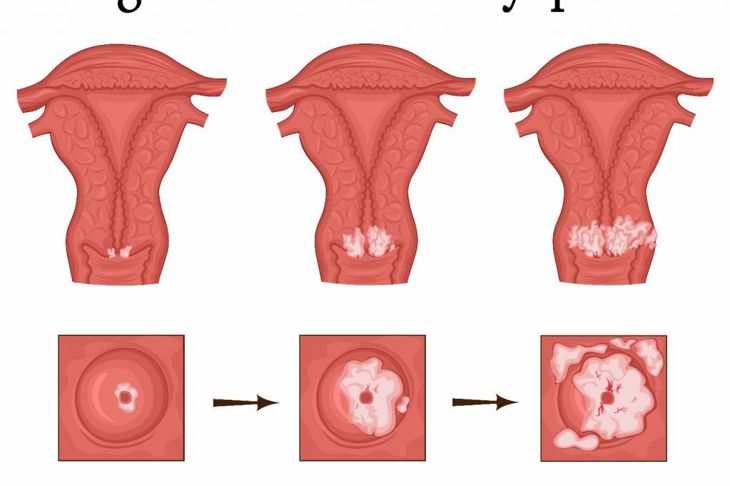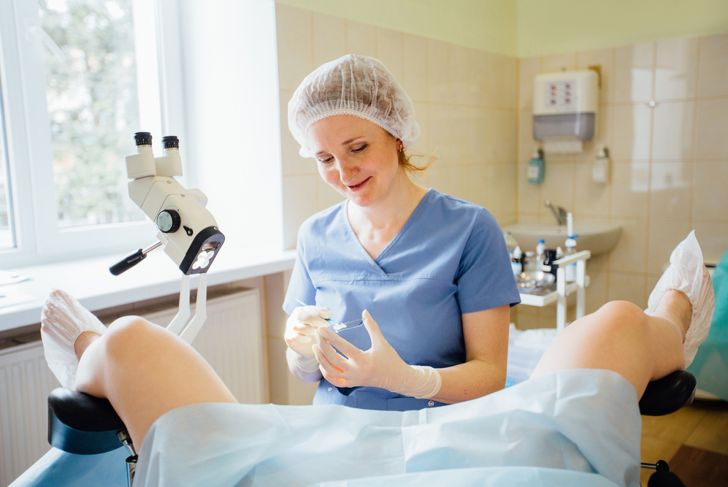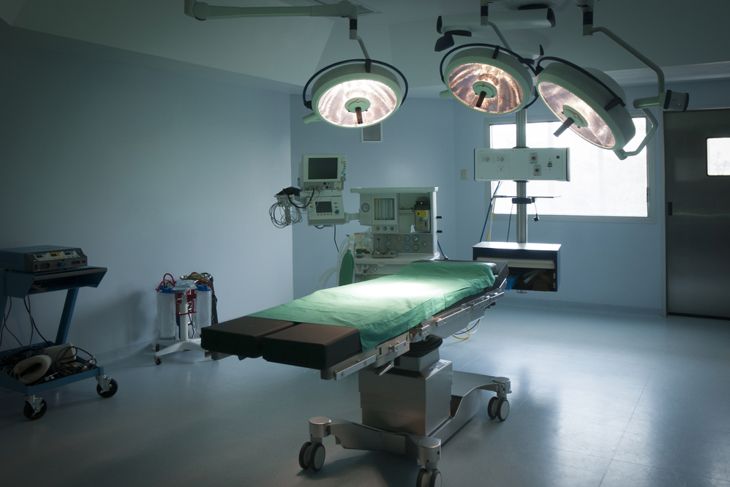Cervical Dysplasia is a disease of the cervix that has the potential to develop into life-threatening cancer, but it does not always take this course. Scientists continue to investigate what exactly causes this abnormal growth on the cervix. Doctors use the term lesions to describe these growths. Current research indicates a connection between this disease and the HPV virus. Sexually transmitted diseases (STD) account for a significant portion of HPV infections. It also appears that other factors influence the chances of developing cervical dysplasia, for example, poor diet and smoking cigarettes.
Development of the disease can take different courses
When a doctor tells a patient, they detected abnormal growths on the surface of the cervix this patient naturally becomes very worried. There are genuine grounds for concern, but the transition from cervical dysplasia to cancer is far from automatic. In some milder cases, the lesions (growths) eventually disappear where patients have strong immune systems. Early detection is vitally important. Even though doctors do not fully understand why the disease develops, treatment methods have advanced to the point where fast diagnosis and effective care and follow up prevent it developing into cervical cancer.
Pain in the lower part of the back
Back pain happens to be one of the most common complaints that a patient brings to the doctor. In many instances, it is simple to diagnose, for example, a sporting injury or the poor seating posture of an office worker. If none of the more common lower back pain causes seems to be relevant, the doctor might want to investigate the cervical dysplasia possibility. If the patient’s profile includes elements associated with one of the higher risk groups, the doctor might request a colposcopy or biopsy to get a clear picture of the patient’s internal health.
Bleeding from the uterus or vaginal discharge
Both abnormal bleedings from the area of the uterus and vaginal discharge could be cervical dysplasia symptoms, but there are many other possible causes. For example, possibly the woman does not know that she has a small cut in this area. Only an internal examination by a doctor or nurse could discover such an issue. Doctors take into account the patient’s profile when they make a cervical dysplasia risk assessment. If they decide that this possibility is sufficiently strong, they will ask for various hospital tests to be performed.
The appearance of genital warts
The disturbing appearance of genital warts is one of the most distinctive cervical dysplasia symptoms, but it has its benefits from the treatment perspective. As soon as the patient notices these warts, they will go to their doctor or a hospital. This ensures early detection and allows effective measures against the danger of developing cervical cancer. Research shows that in many cases the disease develops without any obvious symptoms appearing. In such instances, doctors only have a chance of discovering its presence when they do a Pap test.
Make sure to get a Pap test each year
Unfortunately, the absence of obvious symptoms is no proof that a woman is free from cervical dysplasia. There are also no measures to take to prevent it occurring, although stopping smoking and other lifestyle changes apparently lower risks. The best approach requires annual Pap smears starting in the mid to late teens. The exact age to start depends on when the woman begins a physical relationship, but in any event, every woman should start having these tests when she enters her twenty-second year.
Vaccination against HPV
With so many instances of cervical dysplasia linked to the HPV virus, women might want to consider vaccination against HPV. Vaccinations may be administered to girls (and boys too) from the age of nine and to adults up to the age of twenty-six. The vaccine is incapable of totally preventing infections, but studies show that it can prevent over two-thirds of cervical cancer instances. However, even vaccinated women should still take their annual Pap tests because a certain risk element remains.
Under the surgeon’s scalpel
Without any option to treat cervical dysplasia with medications, the lesions need to be removed from the cervix surgically. Usually, clinics give treatment on an outpatient basis. Cryocauterization and laser therapy are two of the most popular surgical methods. The former destroys the growth by exposing them to extremely cold temperatures. The procedure is not so painful that it requires patients to undergo anesthesia. Laser therapy requires a local anesthetic. The success rate is slightly less than cryocauterization, but it is still very high. It has the advantage of causing fewer scars, but it is also much more expensive.
Additional surgical options
Sometimes doctors recommend electrosurgical excision (LEEP) or cervical conization. The LEEP surgeon removes growths with a thin looped wire. The success rate is high, but the patient needs a local anesthetic. If the doctor decides the patient needs cervical conization, they must be prepared for the operation with a general anesthetic. As the name of the procedure indicates, it involves the surgeon removing a small cone from the growth on the cervix. This surgery also has a high success rate.
Herbal treatments
With today’s widespread interest in natural cures, nobody should be surprised to hear or read claims of successful herbal treatments. The fact that certain herbs strengthen the immune system and help treat diseases is beyond dispute; many prescription medicines contain herbal compounds. However, the effectiveness of herbal cervical dysplasia treatments remains unproven. Some patients may incorporate natural cures into their regular treatment program in consultation with their doctor, but it is far too risky to try to attempt a self-care based on what you read or hear from people without the appropriate medical training.
Improved diet reduces risk
Studies show that diet changes can reduce cervical dysplasia risks. They might also help with treatments for someone who has the disease, but meal plan changes ought to be made in consultation with a doctor. A few of the recommended changes include increasing the amount of green leafy vegetables (for example, spinach) in meals and avoiding coffee and alcoholic drinks.

 Home
Home Health
Health Diet & Nutrition
Diet & Nutrition Living Well
Living Well More
More




















